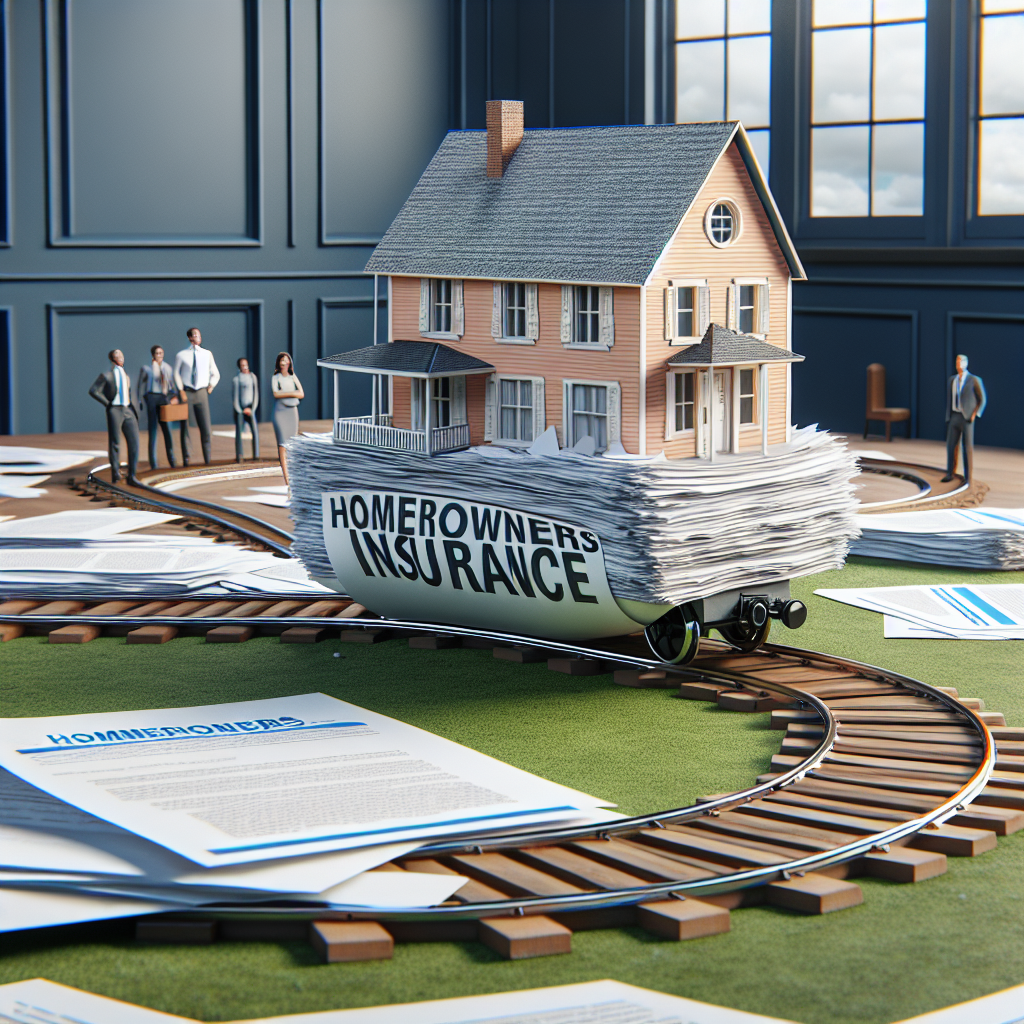Skyrocketing Homeowners Insurance is Derailing Transactions
In recent years, the real estate market has faced numerous challenges, from fluctuating interest rates to supply chain disruptions. However, one of the most pressing issues currently affecting homebuyers and sellers alike is the dramatic increase in homeowners insurance premiums. This surge is not only straining household budgets but also derailing real estate transactions across the country. In this article, we will explore the factors contributing to this trend, its impact on the housing market, and potential solutions for stakeholders.
Understanding the Surge in Homeowners Insurance Premiums
Homeowners insurance is a critical component of homeownership, providing financial protection against damages and losses. However, several factors have contributed to the recent spike in insurance costs:
- Climate Change: Increasingly severe weather events, such as hurricanes, wildfires, and floods, have led to a rise in claims, prompting insurers to hike premiums to cover potential losses.
- Rising Construction Costs: The cost of building materials and labor has surged, making repairs and rebuilds more expensive. Insurers adjust premiums to reflect these higher costs.
- Regulatory Changes: New regulations and requirements for coverage can lead to increased costs for insurers, which are often passed on to consumers.
The Impact on Real Estate Transactions
The increase in homeowners insurance premiums is having a significant impact on real estate transactions, affecting both buyers and sellers in various ways:
- Affordability Issues: Higher insurance costs can push monthly housing expenses beyond what buyers can afford, leading to failed mortgage approvals and stalled transactions.
- Decreased Property Values: As insurance costs rise, the overall cost of homeownership increases, potentially leading to a decrease in property values as demand wanes.
- Delayed Closings: Buyers and sellers may face delays as they negotiate who will bear the increased insurance costs, complicating and prolonging the closing process.
Case Studies: Real-World Examples
To illustrate the impact of rising homeowners insurance premiums, consider the following examples:
In Florida, a state frequently hit by hurricanes, homeowners have seen insurance premiums double or even triple in recent years. This has led to a slowdown in the housing market, with many potential buyers unable to afford the additional costs. Similarly, in California, the threat of wildfires has caused insurance companies to either raise premiums significantly or refuse coverage altogether, leaving homeowners in a precarious position.
Potential Solutions and Mitigation Strategies
While the situation is challenging, there are strategies that stakeholders can employ to mitigate the impact of rising insurance costs:
- Risk Mitigation: Homeowners can invest in risk mitigation measures, such as installing fire-resistant materials or flood barriers, to reduce their insurance premiums.
- Policy Shopping: Buyers and homeowners should shop around for insurance policies, comparing rates and coverage options to find the best deal.
- Government Intervention: Policymakers can explore options such as subsidies or reinsurance programs to help stabilize the insurance market and protect consumers.
Conclusion
The skyrocketing cost of homeowners insurance is a significant hurdle in the real estate market, affecting affordability, property values, and transaction timelines. As climate change and economic factors continue to drive up premiums, it is crucial for stakeholders to explore innovative solutions and strategies to address this issue. By understanding the underlying causes and potential mitigation strategies, buyers, sellers, and policymakers can work together to ensure a more stable and accessible housing market for all.



